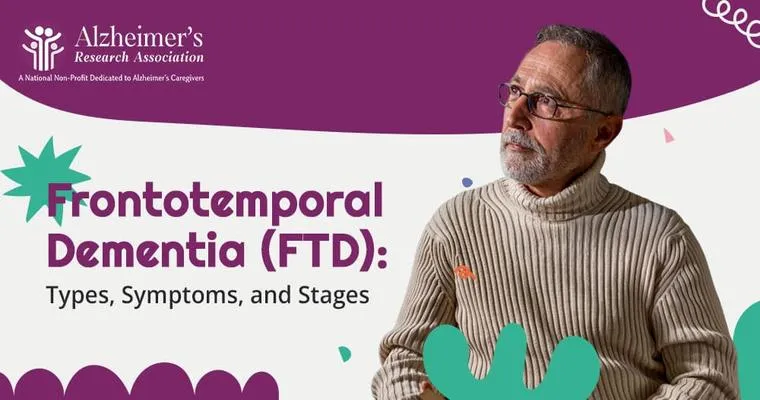Frontotemporal dementia (FTD) is a complex and challenging condition that can significantly impact both the patient and their loved ones. One of the distressing symptoms associated with FTD is "hallucinations", which can manifest in various forms, including visual disturbances where individuals may see "people in masks" or other unsettling imagery. If you or someone you know is navigating the complexities of FTD and experiencing these troubling symptoms, here are some strategies and advice to help manage the situation effectively.
Understanding FTD and Hallucinations
FTD is a type of dementia that primarily affects the frontal and temporal lobes of the brain, leading to changes in personality, behavior, and language. As the condition progresses, some individuals may begin to experience "hallucinations". These can be confusing and frightening, both for the person experiencing them and their caregivers. Recognizing that hallucinations are a symptom of the disease is the first step in addressing them.
Creating a Safe Environment
If someone is seeing "people in masks", it is crucial to provide a safe and calm environment. This can help reduce anxiety and confusion. Here are a few tips to create a supportive atmosphere:
1. "Minimize Triggers": Identify and remove any potential triggers that may exacerbate hallucinations. This could include loud noises, chaotic environments, or even certain types of media.
2. "Comforting Spaces": Designate a quiet area in the home where the person can retreat when feeling overwhelmed. Soft lighting, familiar objects, and calming scents can help soothe agitation.
3. "Consistent Routines": Establishing a daily routine can provide a sense of stability and predictability, which may help reduce episodes of confusion or hallucinations.
Communication Strategies
Effective communication is key when dealing with FTD and hallucinations. Here are some tips:
1. "Stay Calm": When the individual shares their experiences, respond calmly and with compassion. Acknowledge their feelings without dismissing their experiences, even if they seem irrational.
2. "Redirect Attention": If the hallucination is distressing, gently redirect their attention to a different activity or topic. Engaging them in conversation, music, or a favorite hobby can help shift focus away from the hallucination.
3. "Use Simple Language": As FTD progresses, the ability to understand complex language may decline. Use clear and simple sentences to facilitate communication.
Seeking Professional Help
If hallucinations become more frequent or severe, it is essential to consult with a healthcare professional. Medical experts can evaluate the situation and may recommend treatment options, including medications that can help manage hallucinations. Additionally, a neurologist or psychiatrist specializing in dementia can provide valuable insights and support.
Connecting with Support Groups
Finding a community of people who understand the challenges of FTD can be incredibly beneficial. Support groups, whether in-person or online, offer a platform to share experiences, seek advice, and offer mutual support. Many caregivers and individuals with FTD share similar struggles, and learning from their experiences can provide comfort and practical strategies.
Final Thoughts
Dealing with FTD and hallucinations, such as seeing "people in masks", can be daunting. However, by creating a safe environment, employing effective communication strategies, seeking professional help, and connecting with support groups, you can navigate this journey more effectively. Remember that you are not alone, and there are resources available to help both patients and caregivers cope with the challenges posed by FTD.





